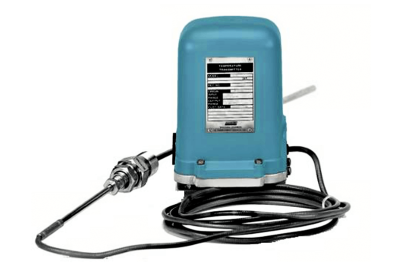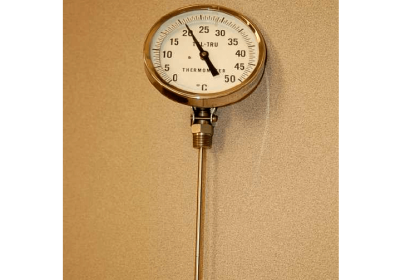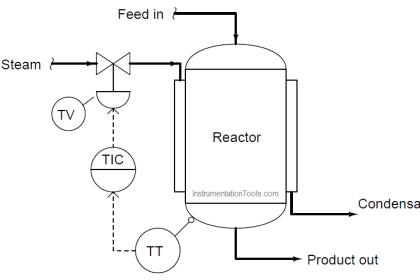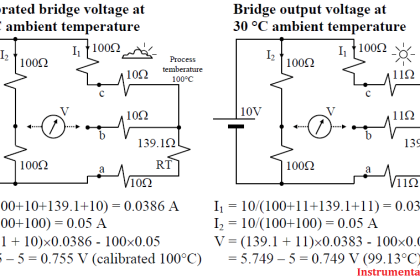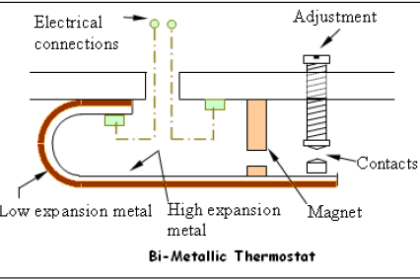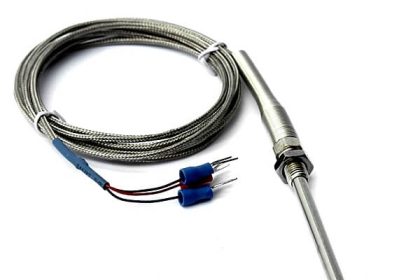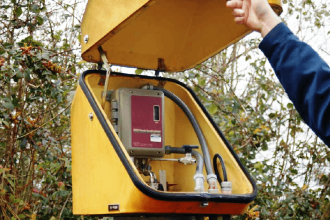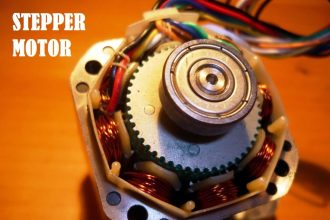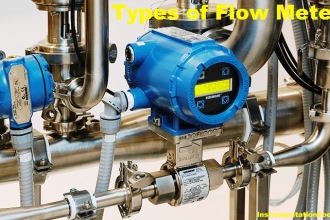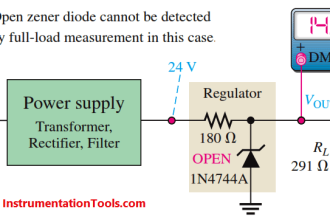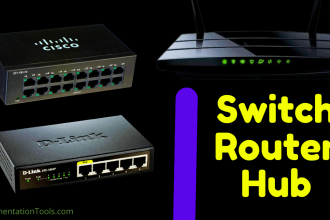Types of Thermocouple Measuring Junction
There are four types of thermocouple measuring junction constructions :
- Grounded Thermocouple Junction
- Ungrounded Thermocouple Junction
- Exposed Thermocouple Junction
- Isolated Thermocouple Junction
Grounded Thermocouple Junction
The grounded thermocouple junction is an integral part of the thermocouple sheath tip.
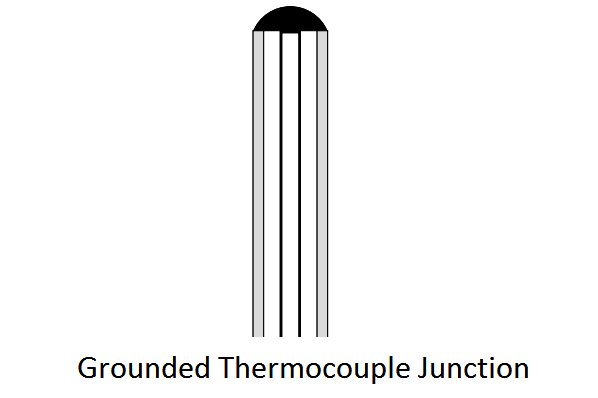
Advantages:
- fast response time in relation to ungrounded and isolated junctions.
- protects the wires from environmental chemicals and corrosives.
- prolongs the operational life of the thermocouple. Longer lifespan than the exposed junction thermocouple.
- it is recommended for high pressure applications.
- it is the least expensive construction.
Disadvantages:
- thermal expansion of sheath material may differ from element to cause mechanical stress and work hardening of metals.
- ground loops may cause interference with instruments.
- faults in insulation are more difficult to detect.
Ungrounded Thermocouple Junction
The ungrounded thermocouple junction is electrically insulated and electrically isolated from the outer sheath material. In a dual ungrounded thermocouple, one common junction is electrically insulated from the outside sheath.
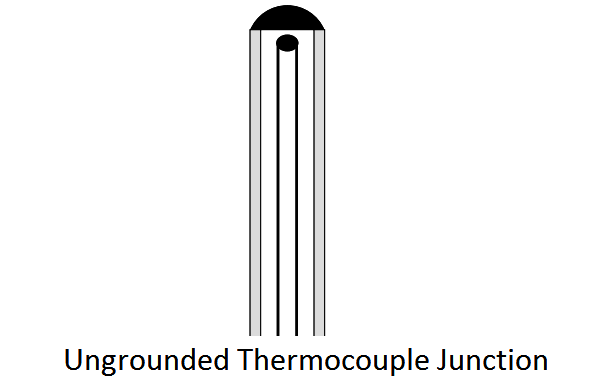
Advantages:
- the thermocouple junction is isolated from the ground.
- defects in the MgO insulation can be detected by measuring resistance from loop to sheath.
- long term drift under cycling conditions is minimized.
Disadvantages:
- response time is usually slower than grounded thermocouples.
- more expensive than grounded thermocouples.
Exposed Thermocouple Junction
The exposed thermocouple junction extends beyond the protective metallic sheath.
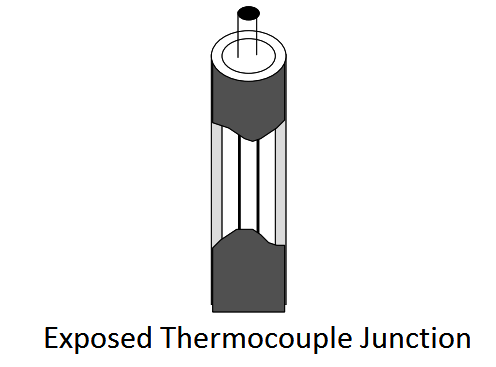
Advantages:
- recommended for measurement of noncorrosive static gas, or air.
- very fast response time, faster than grounded junction.
Disadvantages:
- cannot be used in an environment with a high percentage of solids, high pressure, or flowing material since the junction is exposed to this environment.
Isolated Thermocouple Junction
Isolated thermocouple junctions are used in a dual or triple thermocouple when the junctions are isolated from the outer sheath material as well as from each other.
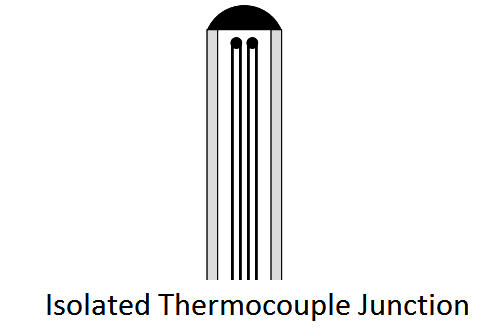
Advantages:
- the elements are insulated from ground.
- performs better than ungrounded or grounded junctions in a thermal cycling environment.
Disadvantages:
- slower response time than a grounded dual thermocouple.
Reference : gilsoneng.com

